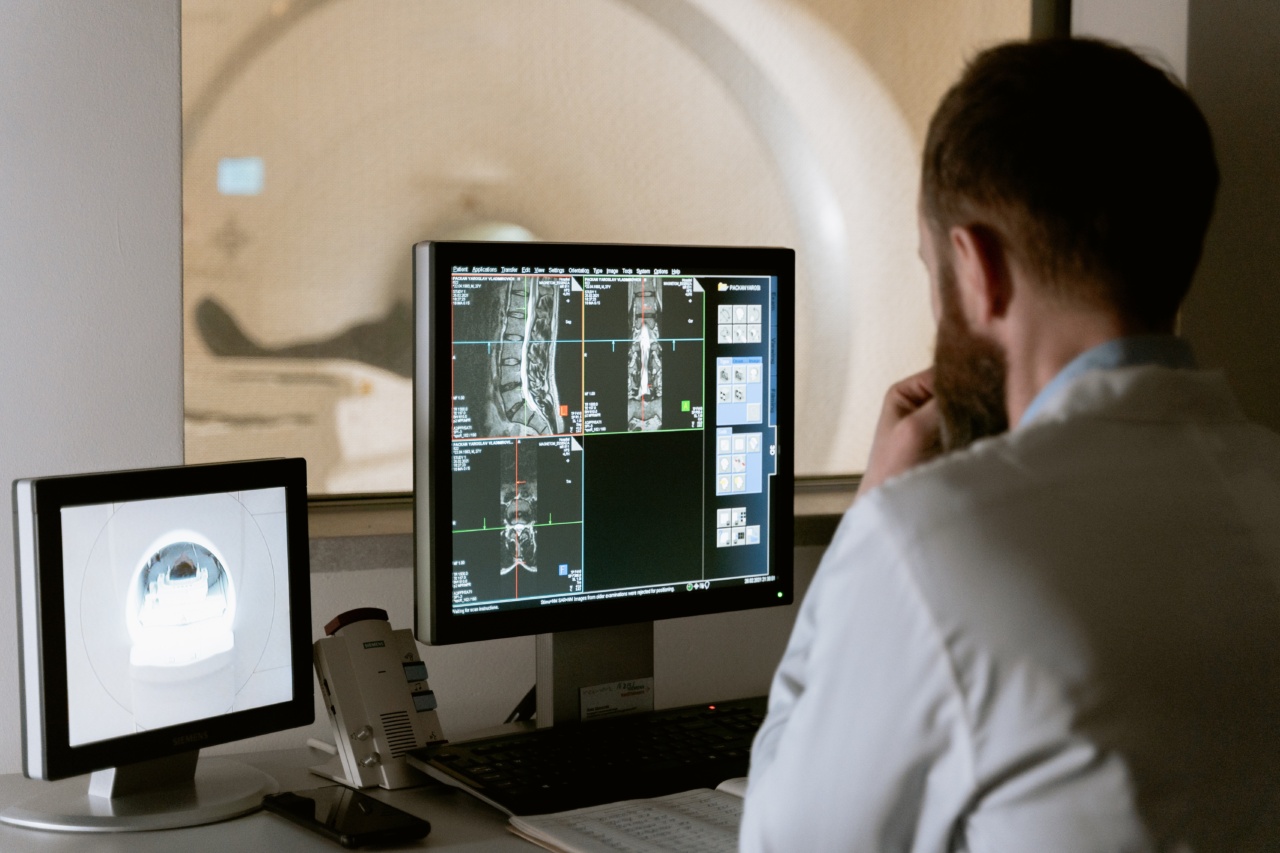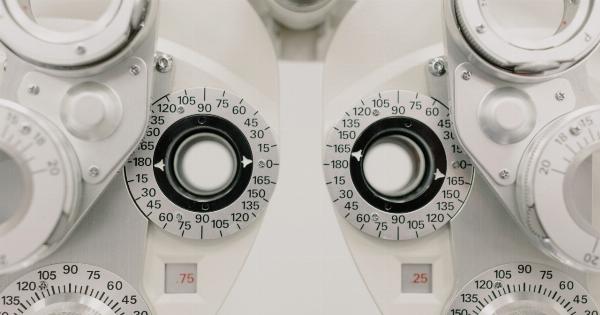Self-assessment testing has become widely popular as a tool for evaluating one’s performance and skills across various domains. It allows individuals to measure their own abilities and gain insights into areas for improvement.
However, for self-assessment tests to be reliable and accurate, it is crucial to take into account various variables that can influence their results. One such variable that often gets overlooked is temperature.
Understanding Temperature as a Variable
Temperature plays a significant role in determining the reliability of self-assessment tests. The environment in which the tests are conducted can impact an individual’s cognitive abilities and overall performance.
It is important to acknowledge the influence of temperature to ensure that test-takers are provided with the fairest and most accurate assessment results.
The Impact of Temperature on Cognitive Performance
Research studies have consistently shown that temperature can have a profound effect on cognitive performance.
Extreme temperatures, both hot and cold, can significantly impair various cognitive functions, such as attention, memory, and problem-solving abilities. When individuals are exposed to uncomfortable temperatures, their ability to concentrate and process information efficiently decreases, leading to inaccurate self-assessment test results.
Hot Environments and Test Performance
High temperatures can negatively affect cognitive performance, as excessive heat can lead to physical discomfort and fatigue.
When individuals are exposed to hot environments, their bodies divert energy towards regulating body temperature, thereby compromising their mental capacities. Hot environments can cause mental lethargy, reducing alertness, attention span, and information processing ability, ultimately undermining the reliability of self-assessment tests.
Cold Environments and Test Performance
Cold temperatures can also have detrimental effects on cognitive performance. When individuals are exposed to extremely cold environments, their bodies direct energy towards maintaining internal heat, diverting resources away from mental processes.
Cold temperatures can impair working memory, inhibit problem-solving abilities, and increase muscle tension. These adverse effects can lead to inaccurate self-assessment test results.
Mitigating the Influence of Temperature in Self-Assessment Testing
Despite the challenges posed by temperature, there are various strategies that can be implemented to mitigate its influence on self-assessment testing:.
1. Optimal Temperature Settings
It is essential to ensure that the testing environment is set to an optimal temperature range that promotes concentration and cognitive performance.
A comfortable room temperature, typically between 68-72 degrees Fahrenheit (20-22 degrees Celsius), can help minimize the impact of temperature on self-assessment test results.
2. Adequate Ventilation
Proper ventilation is crucial to maintain a suitable temperature and air quality in the testing environment. Good airflow ensures that the test-takers are not exposed to excessive heat or stuffy conditions that can impede cognitive performance.
3. Acclimation Period
Before initiating self-assessment tests, allowing test-takers an acclimation period in the testing environment can help them adjust to the temperature and minimize any initial discomfort.
This can help optimize cognitive performance and enhance the reliability of the test results.
4. Consider Individual Variations
It is important to recognize that individuals may have different temperature preferences and tolerances.
Providing options for personal temperature regulation, such as fans or adjustable thermostats, can accommodate these variations and create a more conducive testing environment.
5. Comprehensive Test Instructions
Including clear instructions in the self-assessment tests regarding the importance of temperature and its potential impact on results can increase awareness among test-takers.
This can prompt individuals to take necessary measures to optimize their testing environment and enhance test reliability.
6. Test Timing
The time of day can also influence temperature conditions and, consequently, cognitive performance.
Scheduling self-assessment tests during times when the temperature is most stable, typically during the morning or evening hours, can help minimize fluctuations that could affect test results.
7. Test-Retest Reliability
Administering self-assessment tests in multiple sessions can help account for any variation in temperature conditions across different testing instances.
Comparing results from different test sessions can provide a more accurate measure of an individual’s abilities and minimize the impact of temperature as a variable.
Conclusion
Temperature is an often-overlooked variable that can significantly impact the reliability of self-assessment tests.
Understanding the influence of temperature on cognitive performance is crucial for ensuring accurate evaluation and identification of areas for improvement.
By implementing strategies to mitigate the influence of temperature, such as maintaining optimal temperature settings, adequate ventilation, and providing comprehensive instructions, we can facilitate a fair and reliable self-assessment testing environment.































